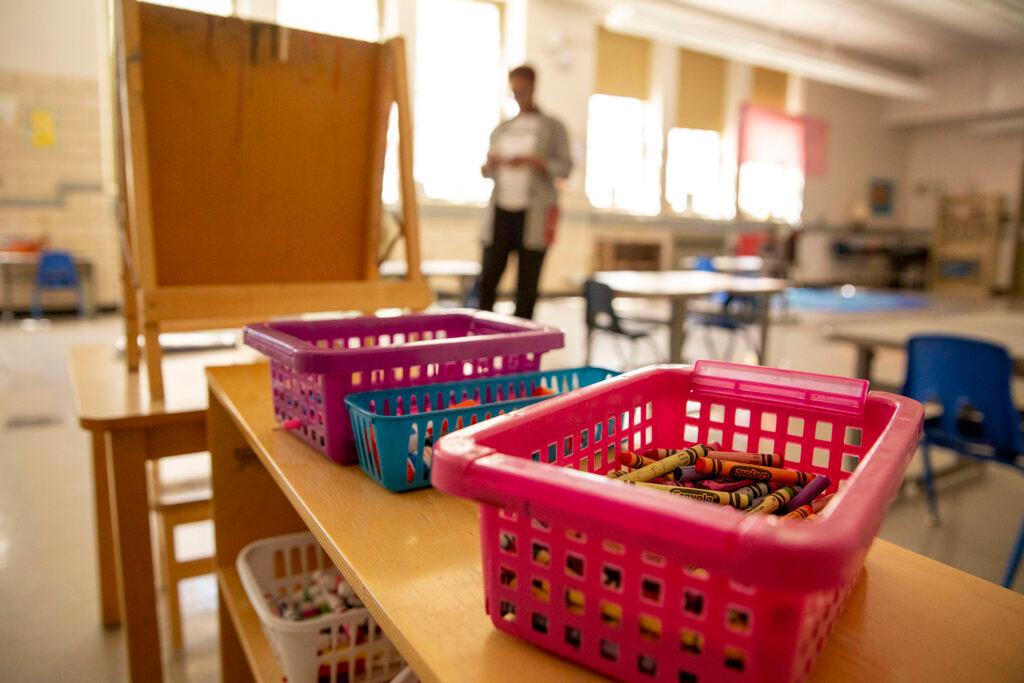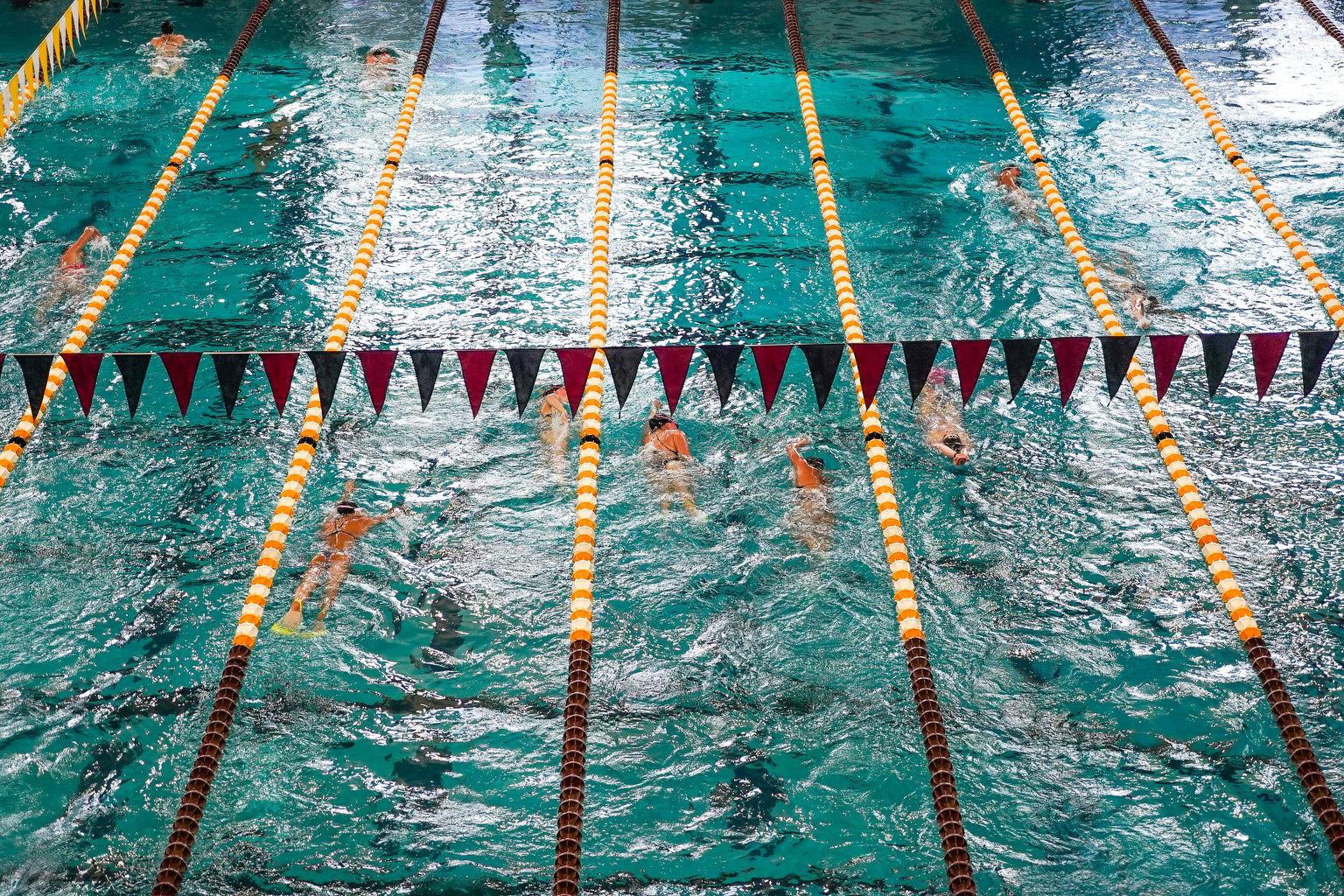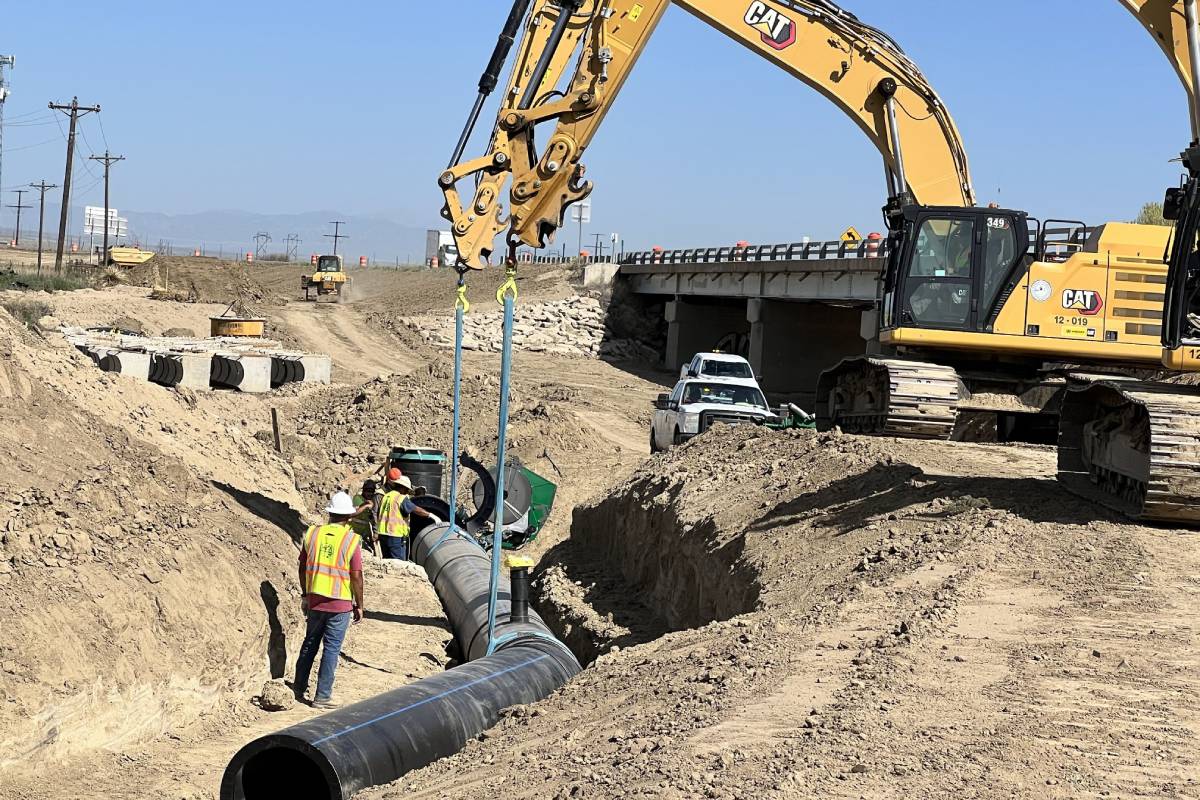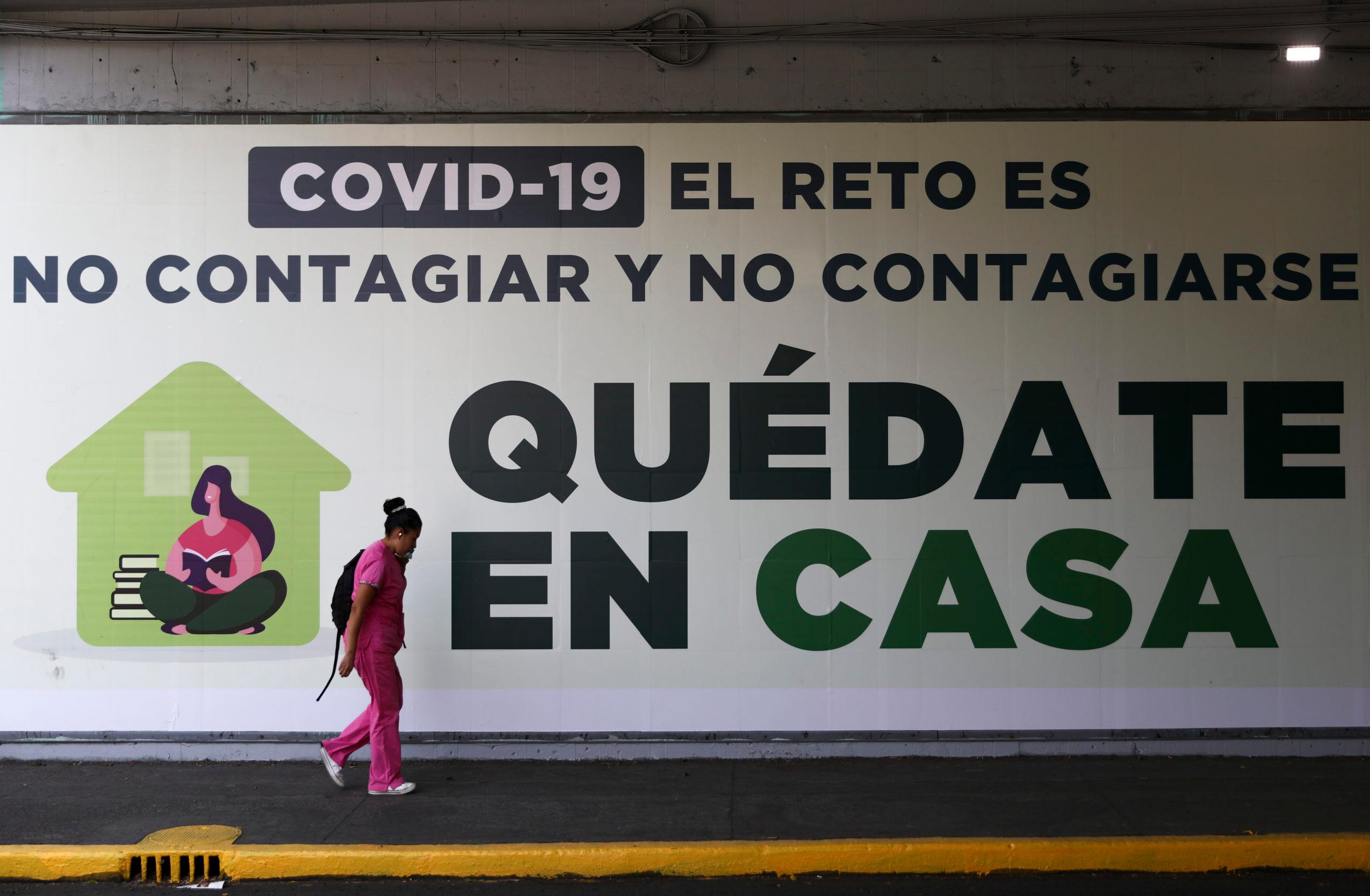
Marilola Suarez has vacationed in Vail, Colorado every year since her daughters were little. She knows the slopes, the restaurants and the town.
“It’s a familiar place for us,” she said. “We love it.’
This year’s annual trip brought an unwelcome surprise: COVID-19, the disease caused by the novel coronavirus. After a six-day vacation to Vail in early March, Suarez returned to Mexico and came down with a high fever, headaches and dry mouth.
She was part of the first wave of mostly wealthy Mexicans to become infected with COVID-19 after skiing in Vail. Other prominent Mexicans who became infected include the chairman of Mexico’s stock exchange, a relative of billionaire Carlos Slim and the chief executive of the company that makes Jose Cuervo tequila.
While they were in Vail around the same time, they didn’t all travel together.
Now, the virus is spreading throughout Mexico — as of March 31, the World Health Organization reports 993 confirmed cases, which many public health experts believe to be just a small fraction of the real number of cases. And while Mexico’s wealthiest were among the first to catch COVID-19, public health experts said the virus is likely to have the biggest impact on the country’s working-class and those without easy access to health care.
For Suarez, the sickness came out of nowhere, after a pleasant six-day vacation. She and her husband and a few friends stayed at the high-end Arrabelle Hotel in Lionshead. They knew about COVID-19 in China and Spain, but it didn’t cross their minds to be worried.
Every day was filled with skiing in the morning, followed by breakfast, more skiing, drinks, a nap and dinner.
“We didn’t read the news,” she said. “We were on vacation.”
They returned to Mexico on March 8 on a private airplane. Two days later, Suarez had her daughters and grandchildren over to her house for lunch, where they made cupcakes and played in the kitchen. That night, she began to feel sick. She later saw the news about a coronavirus outbreak in Colorado. One week after returning from Vail, she went to a private hospital in Mexico and tested positive for COVID-19.
“The first thing I asked was whether I was going to die. Because if I was, I wanted to organize my things,” Suarez remembers telling the doctor.
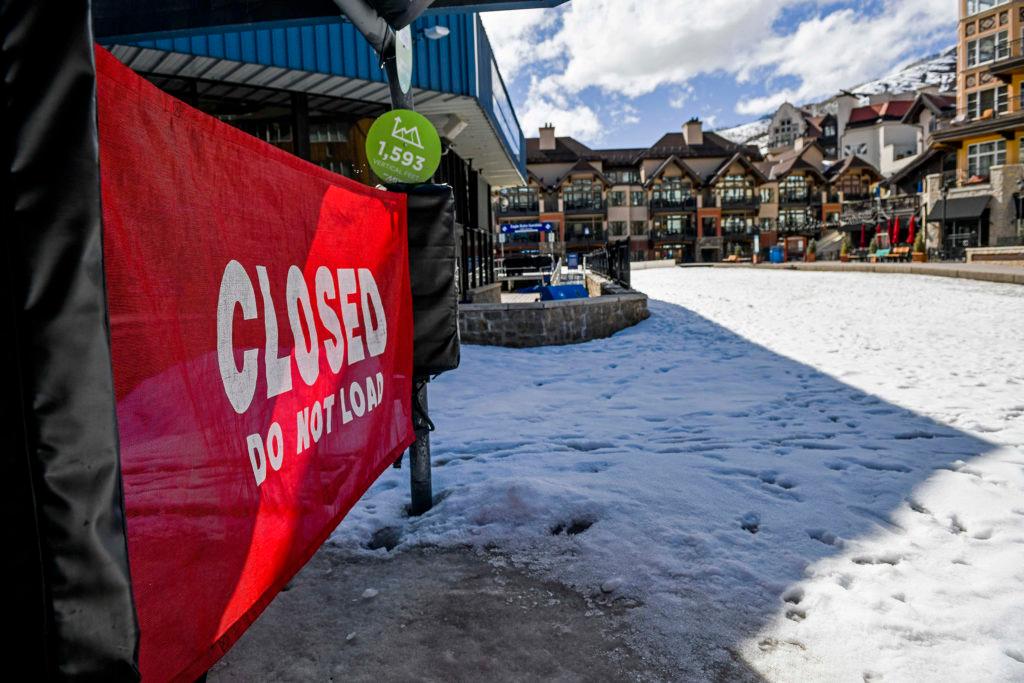
Suarez suspects she contracted the virus from a group of young Italian snowboarders who were in Vail for a competition. Now, her hometown of San Pedro Garza García, in northern Mexico, has become a small hotbed of COVID-19 cases. As of March 30, the city had 57 confirmed cases.
“It is the municipality with, by far, more per capita cases in the country,” said Miguel Treviño, the city’s mayor.
CPR couldn’t independently confirm that based on available statistics. Treviño said the biggest cluster of coronavirus cases in San Pedro comes from residents who traveled to Colorado.
“That has to do with the profile of the community here. It’s a community that travels a lot both for pleasure and work.”
San Pedro is also one of Mexico’s wealthiest communities, akin to Beverly Hills in California. The fact that wealthy Mexicans first contracted COVID-19 has led to some gloating, as well as misleading statements. The governor of the state of Puebla falsely suggested that because poor people don’t travel, they won’t catch the virus.
“Rich people are the ones at risk. If you’re poor, you’re not. Us poor are immune,” said Gov. Luis Miguel Barbosa in remarks broadcast on Facebook and YouTube.
In fact, COVID-19 is extremely contagious. People who can’t afford to stop working and don’t have jobs that allow them to work from home are most at risk of catching — and spreading — the virus.
While Mexico City is a shadow of itself pre-COVID-19, there is still movement. Trucks roam the streets blasting the iconic recording announcing they’re buying scrap metal. Coffee shops and restaurants are open, as are street food stands that Mexico is famous for.
“It’s not that I don’t worry about getting sick, but right now I am more concerned about having a job,” said Samuel Pimentel, who works at a coffee shop in Mexico City.
The coffee shop has already laid-off workers and cut back hours because business is so slow. A day earlier, Pimental said the coffee shop only brought in $10 worth of sales the entire day.
Still, he plans to keep the cafe open, at least until the government forces him to close. Once it shuts down, he said, he won’t have the money to pay the bills and the cafe will close for good.
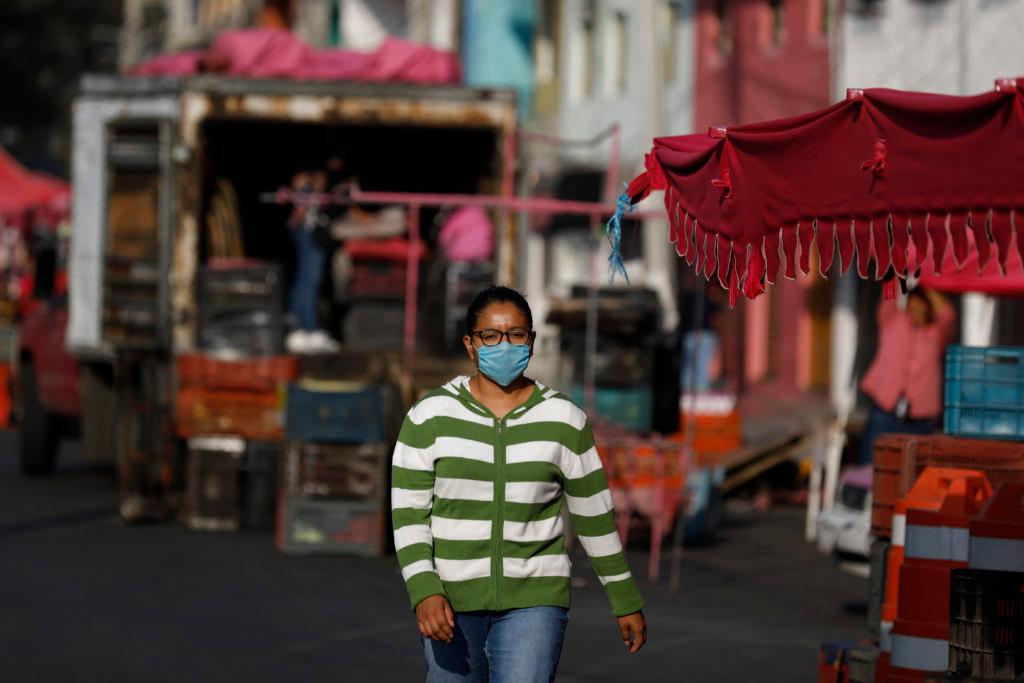
Unlike in the U.S., there is no such thing as unemployment benefits. Those who lose their jobs in Mexico have no government support. So, people wait and hope that the worst of the pandemic passes quickly.
Gerardo Sotomayor, who owns a laundromat, said he wants to keep his shop open but worries that the clothes he touches could be contaminated.
“We’re closing to avoid getting sick ourselves, and also the clients,” he said.
Still, he’s hoping to re-open in two weeks when, he prays, the worst of the crisis will be over. Public health experts said that’s unlikely.
Mexico’s president, Andrés Manuel López Obrador, has urged calm. As recently as March 22, he was encouraging residents to go to restaurants to support the economy.
That’s a problem, said Julio Frenk, Mexico’s health minister from 2000-2006 who is now president of the University of Miami.
“By minimizing the threat represented by the pandemic, precious time was lost in getting ready for the emergency,” he said.
Mexico also doesn’t have the number of hospital beds or ventilators as other developed countries, said Dr. Malaquias Lopez, a professor of medicine at the prestigious Autonomy University of Mexico.
“The crisis could hit people with the least resources hardest,” he said, especially those in rural areas without a lot of doctors and hospitals.
Suarez knows this, and it pains her. She paid $450 for a flu and coronavirus test. That’s more money than what most Mexicans earn in a week.
“I can go to a hospital — a private hospital — and that’s something most people in Mexico don’t have access to. And in countries with more advanced health care systems, like Spain and Italy, people are dying,” she said. Compared to many, Suarez is lucky. She’s on the mend. She was tested again for COVID-19 and on March 30, the test came back negative. No one else in her family got sick.
She said when this is all over, she plans to return to Vail for another family skiing trip.
